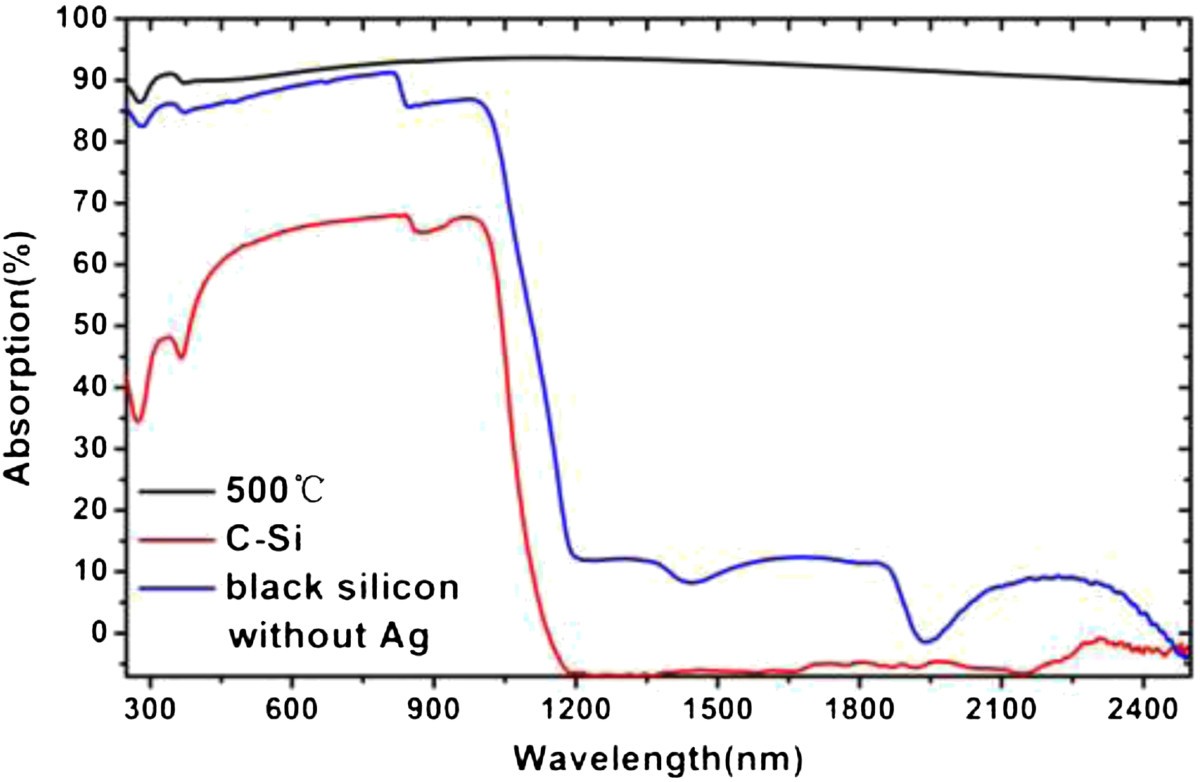

A few examples of absorption are ultraviolet–visible spectroscopy, infrared spectroscopy, and X-ray absorption spectroscopy. Precise measurements of the absorbance at many wavelengths allow the identification of a substance via absorption spectroscopy, where a sample is illuminated from one side, and the intensity of the light that exits from the sample in every direction is measured. This may be related to other properties of the object through the Beer–Lambert law. The absorbance of an object quantifies how much of the incident light is absorbed by it (instead of being reflected or refracted). Which among them practitioners use varies by field and technique, often due simply to the convention. Related measures, including absorbance (also called "optical density") and optical depth (also called "optical thickness")Īll these quantities measure, at least to some extent, how well a medium absorbs radiation.
Optical absorption quantumwise skin#
Other measures of radiation absorption, including penetration depth and skin effect, propagation constant, attenuation constant, phase constant, and complex wavenumber, complex refractive index and extinction coefficient, complex dielectric constant, electrical resistivity and conductivity."Extinction" in astronomy, which is equivalent to the attenuation coefficient.The absorption cross section and scattering cross-section, related closely to the absorption and attenuation coefficients, respectively.The mass attenuation coefficient (also called "mass extinction coefficient"), which is the absorption coefficient divided by density.The Molar attenuation coefficient (also called "molar absorptivity"), which is the absorption coefficient divided by molarity (see also Beer–Lambert law).The attenuation coefficient (NB used infrequently with meaning synonymous with "absorption coefficient").The absorption coefficient along with some closely related derived quantities.Many approaches can potentially quantify radiation absorption, with key examples following. Main article: Mathematical descriptions of opacity Although the absorption of waves does not usually depend on their intensity (linear absorption), in certain conditions ( optics) the medium's transparency changes by a factor that varies as a function of wave intensity, and saturable absorption (or nonlinear absorption) occurs. A notable effect is attenuation, or the gradual reduction of the intensity of light waves as they propagate through a medium. In physics, absorption of electromagnetic radiation is how matter (typically electrons bound in atoms) takes up a photon's energy - and so transforms electromagnetic energy into internal energy of the absorber (for example, thermal energy). By recording the attenuation of light for various wavelengths, an absorption spectrum can be obtained. Other photons are transmitted unaffected and, if the radiation is in the visible region (400–700 nm), the transmitted light appears as the complementary color (here red). Upon striking the sample, photons that match the energy gap of the molecules present (green light in this example) are absorbed, exciting the molecules.

A white light source - emitting light of multiple wavelengths - is focused on a sample (the pairs of complementary colors are indicated by the yellow dotted lines). This example discusses the general principle using visible light as a specific example. The study also suggests the application of graph features in trace detection, which is exemplified through the graph of carbon nanoparticle incorporated chlorophyll.An overview of electromagnetic radiation absorption. The number of disconnected nodes or the absence of edges in the graph can also be regarded as a criterion for selecting a suitable probe for the DBTL setup. The difference in the optical absorption information carried by DBTL and SBTL signals is also brought out through the topology of the graph and its features. The analysis of the graph features shows clear distinction with the increase of optical absorption in terms of number of edges, network density, transitivity, network diameter, average path length, number of components and graph entropy. Complex networks are constructed from the TL time-series signals of SB and DB configurations. Having understood the optical absorption by acetone, ethylene glycol, chlorophyll extract and carbon nanoparticle incorporated chlorophyll extract from the absorption spectrum, the TL signals from the samples are recorded in a digital storage oscilloscope. The present study employs the single beam (SB) and dual beam (DB) thermal lens (TL) configurations. The paper is the first report delineating the potential of the graph in displaying optical absorption exemplified through the interrogation of thermal lensing.


 0 kommentar(er)
0 kommentar(er)
